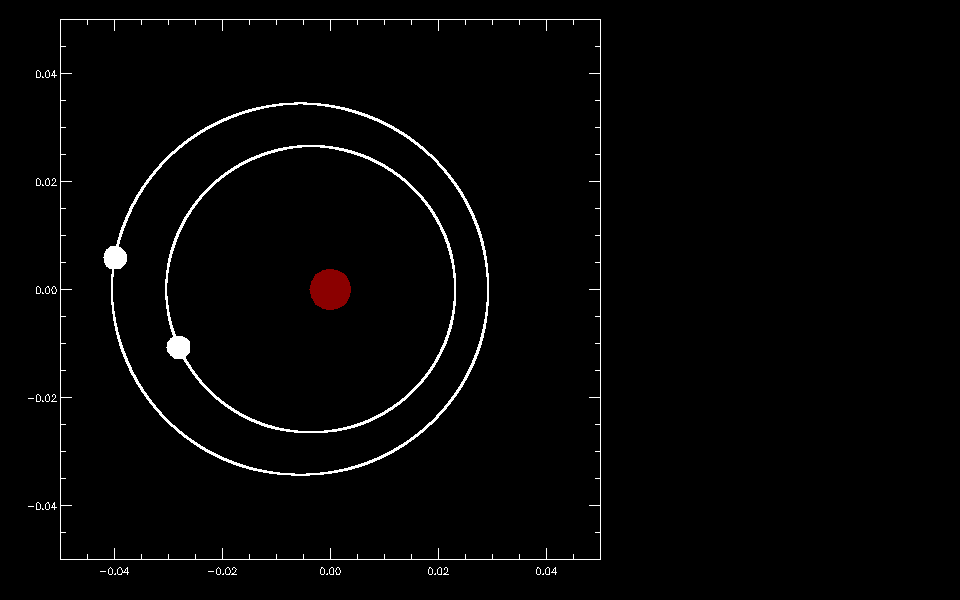K2-146: Discovery of Planet c, Precise Masses from Transit Timing, and Observed Precession
K2-146 is a mid-M dwarf ($M_\star = 0.331 \pm 0.009 M_\odot$; $R_\star = 0.330 \pm 0.010 R_\odot$), observed in Campaigns 5, 16, and 18 of the K2 mission. In Campaign 5 data, a single planet was discovered with an orbital period of $2.6$~days and large transit timing variations due to an unknown perturber. Here we analyze data from Campaigns 16 and 18, detecting the transits of a second planet, c, with an orbital period of $4.0$~days, librating in a 3:2 resonance with planet b. Large, anti-correlated timing variations of both planets exist due to their resonant perturbations. The planets have a mutual inclination of $2.40^\circ\pm0.25^\circ$, which torqued planet c more closely into our line-of-sight. Planet c was grazing in Campaign 5 and thus missed in previous searches; in Campaigns 16 and 18 it is fully transiting, and its transit depth is three times larger. We improve the stellar properties using data from Gaia DR2, and using dynamical fits find that both planets are sub-Neptunes: their masses are $5.77\pm0.18$ and $7.50\pm0.23 M_{\oplus}$ and their radii are $2.04\pm0.06$ and $2.19\pm0.07$ R$_\oplus$, respectively. These mass constraints set the precision record for small exoplanets (a few gas giants have comparable relative precision). These planets lie in the photoevaporation valley when viewed in Radius-Period space, but due to the low-luminosity M-dwarf host star, they lie among the atmosphere-bearing planets when viewed in Radius-Irradiation space. This, along with their densities being 60%-80% that of Earth, suggests that they may both have retained a substantial gaseous envelope.
PDF Abstract